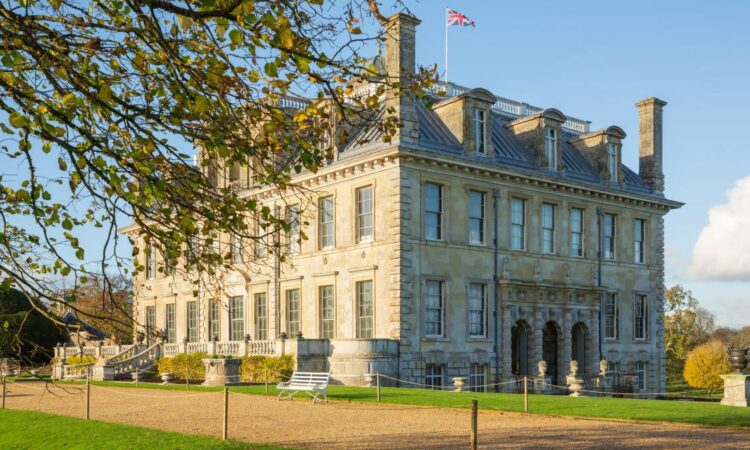
One of the most opulent country houses in England has replaced its unreliable and oil-hungry boilers with a pioneering ground source heat pump in a bid to tackle climate change.
The 17th-century Kingston Lacy, in Dorset, built to resemble a Venetian palace and renowned for its remarkable collection of paintings, will save 30,000 litres of oil each year by making the switch to a renewable heating system.
It is one of the National Trust’s biggest heat pump projects to date, and the first high temperature ground source system the charity has installed.
The old oil tank has been replaced by almost 6,000m of underground pipes, which transport natural ambient heat in the ground to four high temperature heat pumps, that in turn warm the mansion house and courtyard buildings.


The complex installation of pipework involved drilling 32 vertical boreholes in an overflow carpark, with each hole measuring a staggering 180m in depth.
Specialists spent two years conducting extensive archaeological and ecological surveys to ensure the protection of the historic parkland.
As well as saving approximately 57 tonnes of carbon a year, the new heating system will remove the danger of oil spills from the previous “high risk” boilers and storage tank.
The heat pump will also improve conservation of the building and its collection by stabilising the temperature and humidity levels.
The house includes one of the UK’s finest collections of paintings, with works by Titian, Velazquez and Rubens, and an extravagant Spanish Room that the estate’s creator, William John Bankes, designed from exile.
Owen Griffith, from the National Trust, said: “Even in the most historically significant settings like Kingston Lacy, it’s possible to integrate these modern technologies while maintaining the utmost care for the building and the grounds.
“Not only will the heat pump reduce the property’s dependency on fossil fuels, but it’ll create a safer environment and improve conditions for the amazing collection items here.
“There are so many advantages.


“Magnificent buildings like these have been around for centuries, but their heating systems have evolved – from open fires to coal boilers and then oil boilers, with many energy innovations along the way.
“This is simply the next step in Kingston Lacy’s history and preservation.”
Kingston Lacy’s curator Dr Elena Greer said: “We’re proud to house one of the National Trust’s most significant holdings of fine art, including an internationally renowned collection of Old Master paintings.
“The new heat pump means we can more easily maintain the optimum environmental conditions for their display, ensuring that they can be enjoyed by generations of visitors long into the future.”
Kingston Lacy in Dorset was the family seat of the Bankes family since 1663, when the house was built by architect Sir Roger Pratt.
